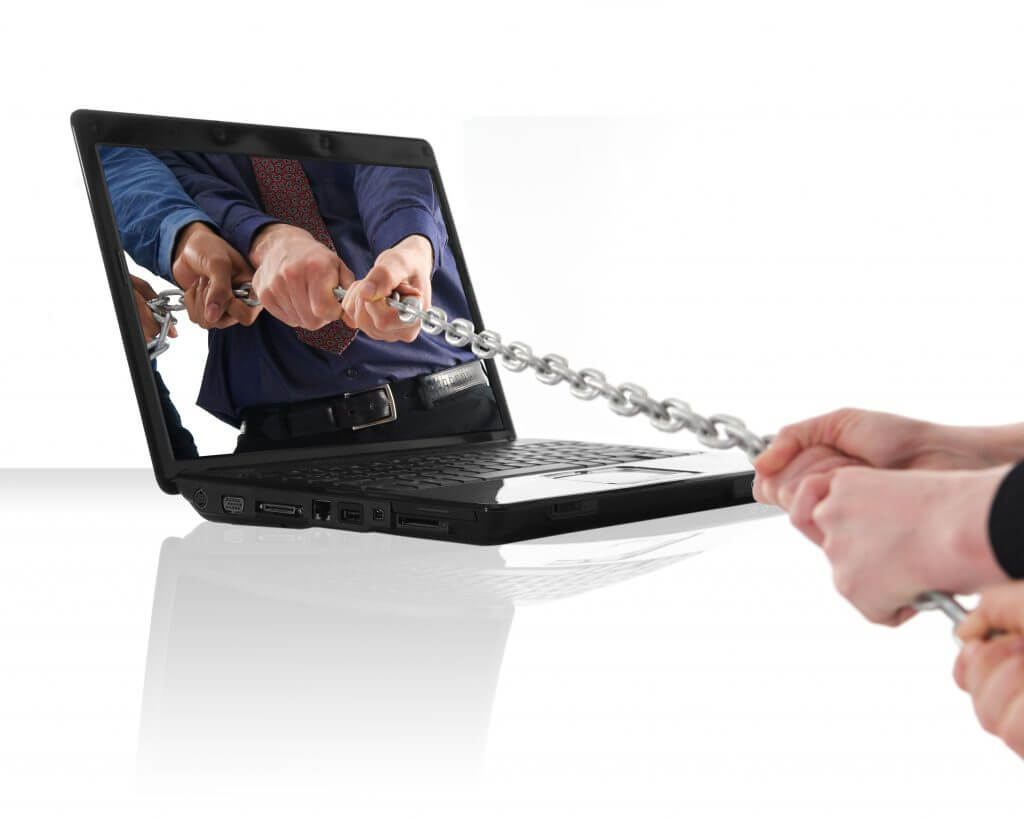But can this risky, expensive and time-consuming project really ever said to be complete?
Modernization is definitely not a one-time process. Technology is advancing so fast that it's wiser for organizations to invest money in equipping themselves with the right tools that help in making modernization a cheaper, faster and less-risky process than to modernize once and think that they’re done with it.
So what should these tools do?
The right tools help IT teams to understand and work with old and new systems during a modernization project. From working with clients that are modernizing mainframe environments, we came up with four essential requirements to make any IT environment “modernization-friendly”.
1. Know where your stuff is. The ability to quickly find specific error codes or other snippets of code, and retrieve system documentation, emails or other documents from anywhere within the system, helps developers, administrators, and managers solve problems effectively. Instant retrieval of information is a necessary feature for any IT environment.
2. Know how your stuff works together. Corporations operating on various platforms need to see how all their systems are working together. Invest in tools that help you understand connections across everything in your environment, not just one platform.
3. Know how your stuff affects each other. Teams tasked with maintenance, migration and/or modernization of legacy systems need to understand the impact of changes well before they are implemented. Understanding the impact of changes and avoiding disastrous, system-wrecking mistakes can save IT departments, time and money. Cross platform change impact analysis is vital for modernization and migration projects.
4. Know and understand all your stuff, no matter what platform or language. Modernization calls for the ability to work with both old and new systems during transitions. And with limited resources, it’s getting difficult to hire expertise that understand older legacy systems. Technology can help new teams understand old systems; tools that can work with different languages and platforms are a valuable addition to your IT toolbox.
So before you decide to take the plunge, look back at the pattern of IT evolution over the last fifty years; if it’s one thing today, it’s something else tomorrow. No matter what you are modernizing, make sure you are equipped with the right tools to handle it on a continual basis. Odds are you may just have to do it again in the not-too-distant future.

